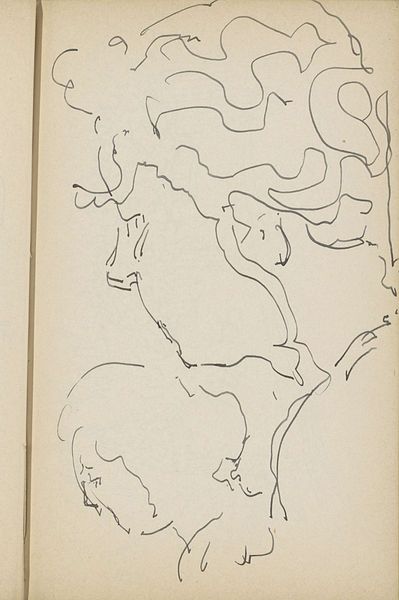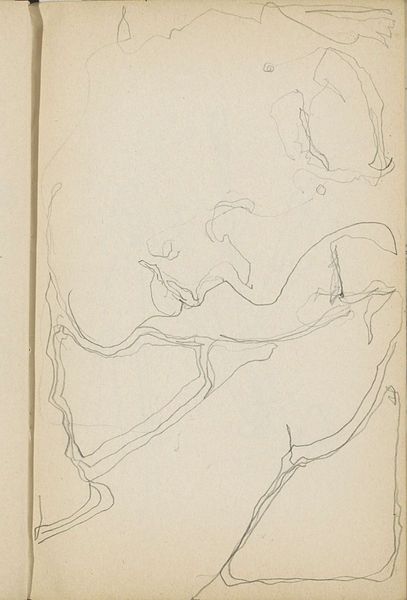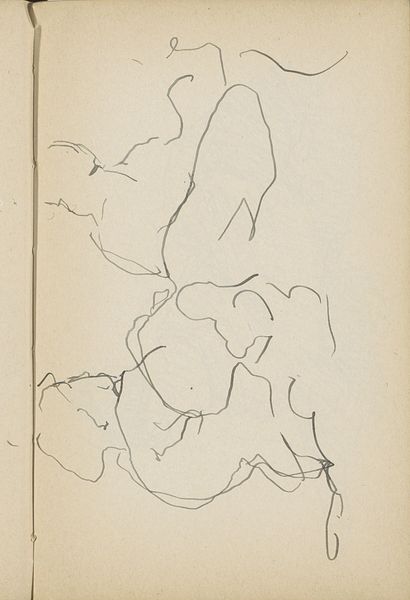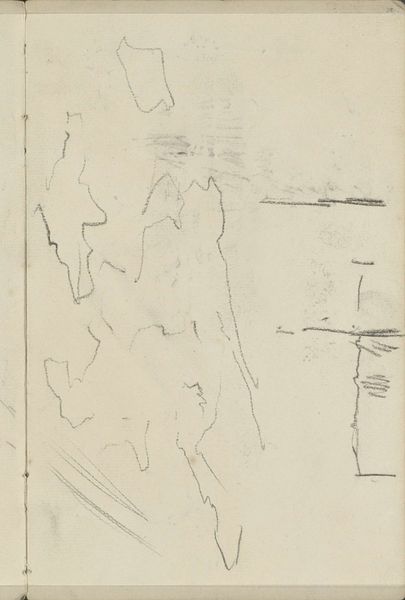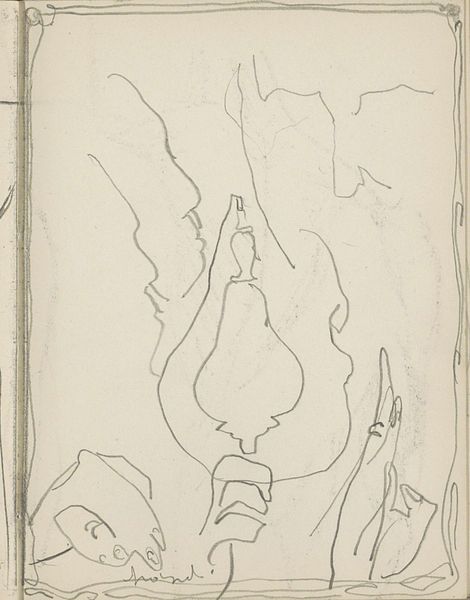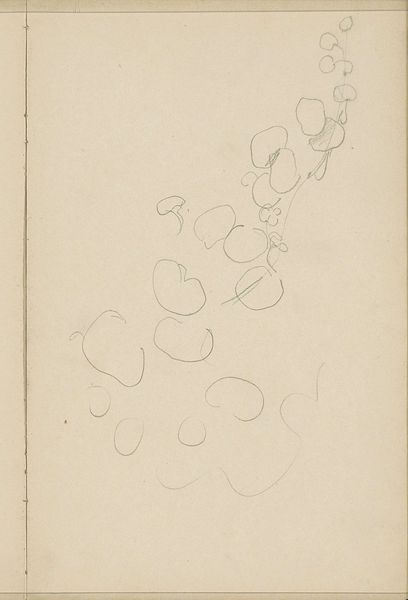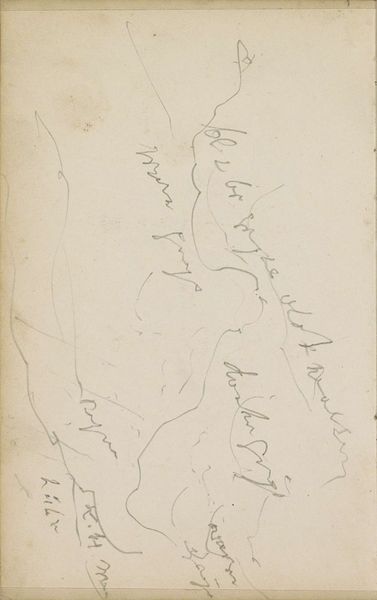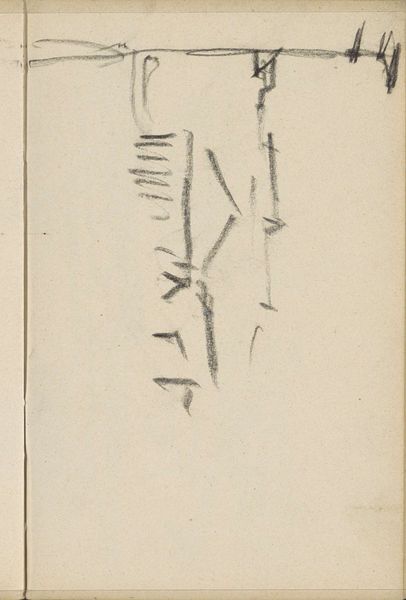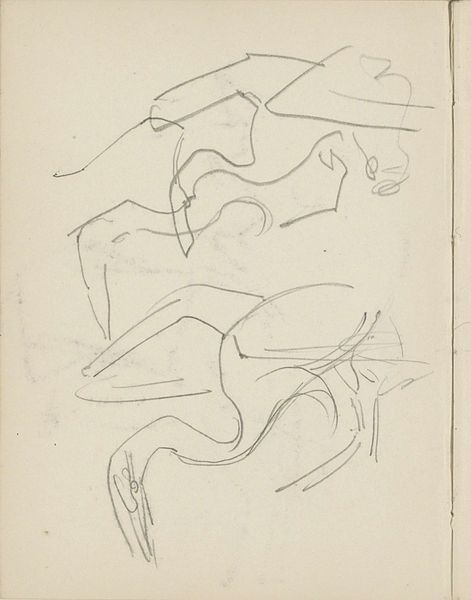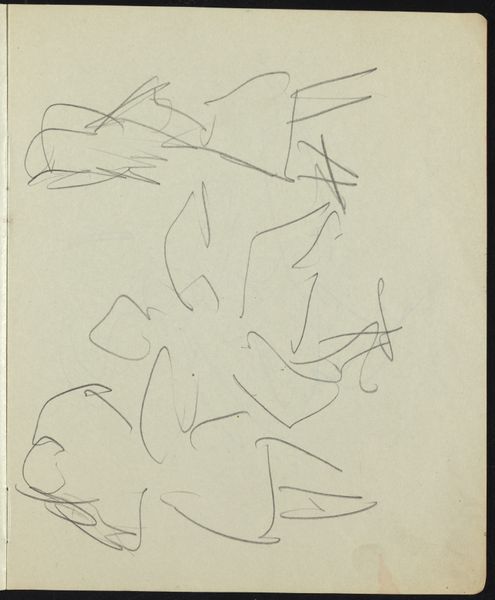
drawing, paper, ink
#
portrait
#
drawing
#
pen sketch
#
figuration
#
paper
#
ink
#
line
Copyright: Rijks Museum: Open Domain
Curator: This work is titled "Twee zittende figuren," or "Two Seated Figures," made in 1919. It’s a pen and ink drawing on paper currently residing here at the Rijksmuseum. Editor: My first thought? Ethereal, like ghostly outlines barely tethered to the page. The line work feels so minimal, yet it suggests a certain weight or presence. They look like shadows caught mid-conversation, don’t they? Curator: The bareness emphasizes the essential, the form. The artist uses line to capture posture, the set of a shoulder, a tilting head—each detail reveals an inner state, reflecting the social unease after the Great War and the rising existential questions in art. Editor: Definitely a melancholy note. I wonder if that sparseness also hints at vulnerability? It reminds me of that feeling of trying to remember someone’s face—bits and pieces, enough to conjure a presence, but not the whole story. Curator: This echoes artistic trends of the period when simplification mirrored the cultural shift away from ornate societal structures towards deeper psychological insights, inviting interpretation based on the observer’s own emotional background and memories associated with similar experiences. Editor: You can practically feel the weight of unsaid words. I’m almost filling in details myself: who they might be, what they’re feeling, even the texture of their clothes. That's great artistry, to make you feel complicit. Curator: Yes, indeed. It encapsulates the broader fin-de-siècle themes: mortality, social criticism, and questioning established norms, challenging viewers to engage and decode layers of significance rooted in universal anxieties and aspirations. Editor: Well, I am definitely feeling those anxieties! Gives me plenty to ponder, doesn't it? Maybe I’ll find answers in another gallery. Curator: Indeed. "Two Seated Figures" beckons further reflection and engagement with history to unravel more nuances, allowing a lasting understanding of artistic ingenuity embedded within specific eras and cultural beliefs.
Comments
No comments
Be the first to comment and join the conversation on the ultimate creative platform.
